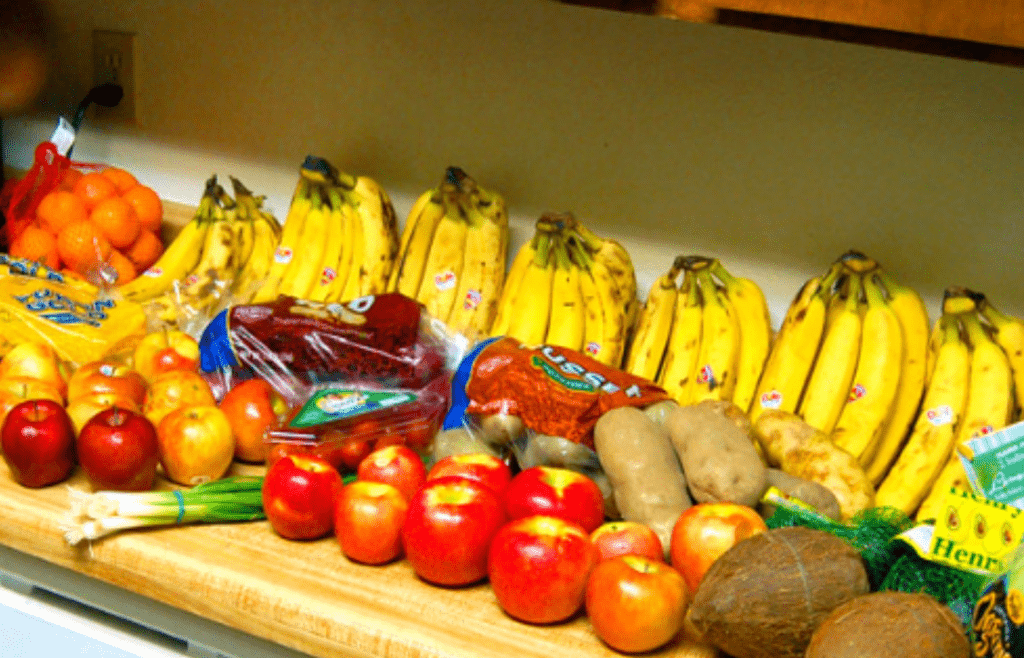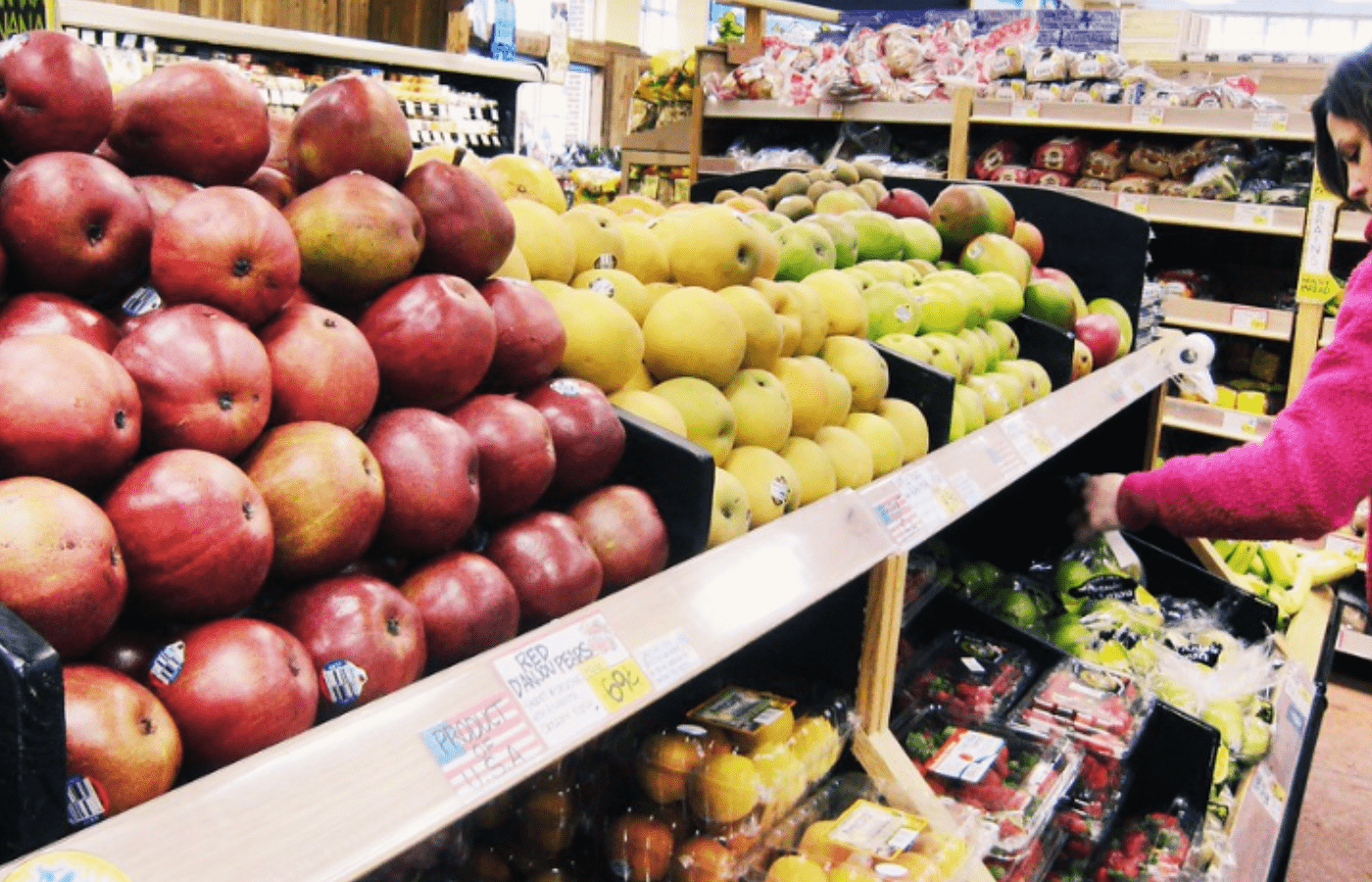It’s pretty tough for a supermarket and grocery store to build up a passionate fan base, but that’s exactly what Trader Joe’s has been able to do over the last few decades. Known for their affordable prices, unique and varied product options, and some of the best customer service in the business, it’s not hard to love all that Trader Joe’s offers.
At the same time, even a special grocery store like Trader Joe’s – especially one that focuses on healthy, high quality foods – cannot overcome the realities of fresh produce eventually becoming not so fresh.
Trader Joe’s produce goes bad so fast due to a lack of preservatives, storage temperatures, and the length of time since harvest.
Causes of Rapid Produce Deterioration

As mentioned above, Trader Joe’s produce (like every other grocery store out there) has the potential to go bad for a couple of different reasons.
We are talking about things like:
Lack of preservatives: The overwhelming majority of Trader Joe’s products – and not just their produce – are made with minimal processing, minimal preservatives, and aren’t swimming in chemical cocktails or filled with weird ingredients to prolong shelf life.
Storage temperature: some Trader Joe’s locations are physically situated in areas of the country where temperature swings – and temperature extremes – can get a little out of hand. Stores throughout the South and Southwest are particularly going to have a tough time keeping things fresh during the hot summer months.
Length of time since harvest: Trader Joe’s stores further away from their central distribution hubs – and where fresh produce is actually harvested – will have stock that goes bad faster.
At the end of the day, while rapid deterioration of produce can happen at any Trader Joe’s location for a variety of different reasons, it’s impossible to argue that this store isn’t doing everything they can to mitigate these issues and keep their produce fresh for long as possible.
Factors that Contribute to Quick Decay
If you’re nervous about buying produce from Trader Joe’s that is going to go bad shortly after you get it home, regardless of how it looked in store, you’re going to want to specifically avoid buying:
Fresh Berries – Fresh berries and Trader Joe’s are always going to have delicate skins and a higher water content, two things that make them a lot more likely to spoilage than other produce. If these berries are damp for extended amounts of time they can attract mold, too.
Leafy Greens – Leafy greens (just like fresh berries) have a sky-high water content. They are more likely to spoil faster.
Fresh Herbs – All of the high-quality fresh herbs that Trader Joe’s sell are delicate enough to become bruised, wilt, and shrivel if they aren’t stored properly (and if they aren’t used in a couple of days after picking)
You should also know that produce older grocery stores across the world – and not just at Trader Joe’s – are exposed to transportation risks that can speed up their rate of spoilage and deterioration, too.
We are talking about things like:
- Physical damage, including becoming bruised or crushed if they aren’t packaged or stored properly
- Wild temperature fluctuations, especially when exposed to very high or very low temperatures
- Overexposure to light and air, produce prefers to be kept in darker conditions away from direct light and in low oxygen environments
Long transportation distances will inevitably contribute to faster spoilage, too.
Environmental issues (temperature swings, humidity issues, extra light and air exposure, etc.) can have a pretty disastrous impact on more delicate produce sold at Trader Joe’s as well.
Prevention Strategies
Even though you’re always going to be a little bit up against the clock when it comes to storing and preserving fresh produce – from Trader Joe’s or anywhere else – there are a couple of prevention strategies you can use to extend the life of your fresh produce.
For starters, really try to store your fruits and vegetables (fresh fruits and vegetables, anyway) at around 40°F. If you can keep your fresh fruit and vegetables in airtight containers all the better – you’ll minimize oxidation in a big way.
One thing you want to be on the lookout for, though, is keeping ethylene producing fruits away from your non-ethylene producing fruits. Apples, bananas, peaches, and tomatoes should be stored separately from broccoli, carrots, cauliflower, peppers, and grapes, for example.
Finally, do everything you can to keep your produce dry.
Excess moisture will always lead to rapid degradation, spoiling your food much faster than you would have expected.
Frequently Asked Questions
Why Does Trader Joes Food Expire Fast?
Trader Joe’s food can have a shorter shelf life compared to other grocery stores simply because they have fewer preservatives, fewer additives, and fresher food – all of which will lead to faster spoilage.
What Foods Should You Not Buy at Trader Joe’s?
If you are going to avoid certain foods at Trader Joe’s customers recommend you steer clear of frozen meals, any of their processed snacks, and their fresh seafood when you’re not a day’s drive or less away from the coast.
How Do You Keep Trader Joes Bread Fresh?
There are a number strategies you can use to keep your Trader Joe’s bread fresh, but nothing beats storing it properly (in a cool dry place), using airtight containers, and reheating your bread if it starts to feel a little stale.
What Does Trader Joe’s Do With Unsold Food?
Trader Joe’s has a legendary reputation for responsibility and sustainability, not to mention top-tier customer service.
This is a grocery store that doesn’t want to see any of their food go to waste. That’s why Trader Joe’s will partner with local food banks and organizations to donate any unsold food that is still safe enough to eat.
Trader Joe’s also has a commitment in place to compost food that is considered no longer safe for human consumption. They’ll bundle that up with other organic waste, working with partners in the community, and turn that into fertile compost to grow more food!
On top of all of that, Trader Joe’s always looks for ways to streamline their company, their supply chain, and their inventory management. They work hard to eliminate waste even before food gets to the store!
Final Thoughts
All in all, there’s no real hard evidence that produce from Trader Joe’s goes bad any faster than fresh produce from other grocery stores.
Fresh produce is always on borrowed time, regardless of where you buy it from.
Use the inside information we highlighted above to minimize your spoilage problems as much as possible. You’ll be able to stretch your grocery bill a bit further.

